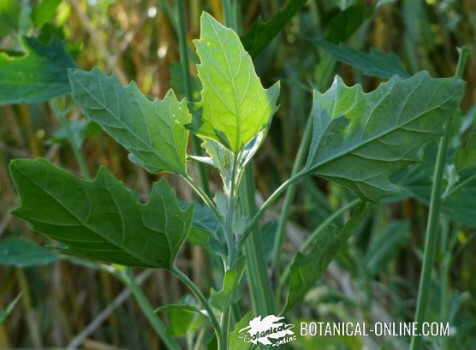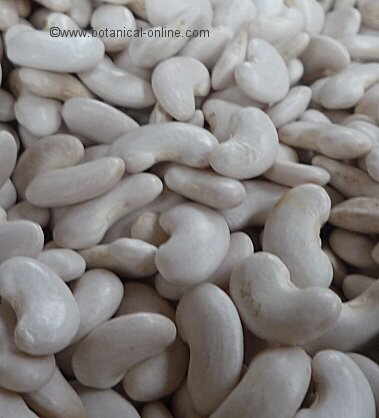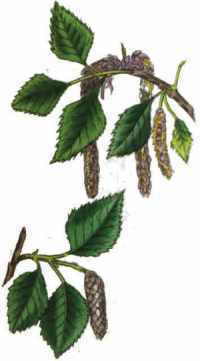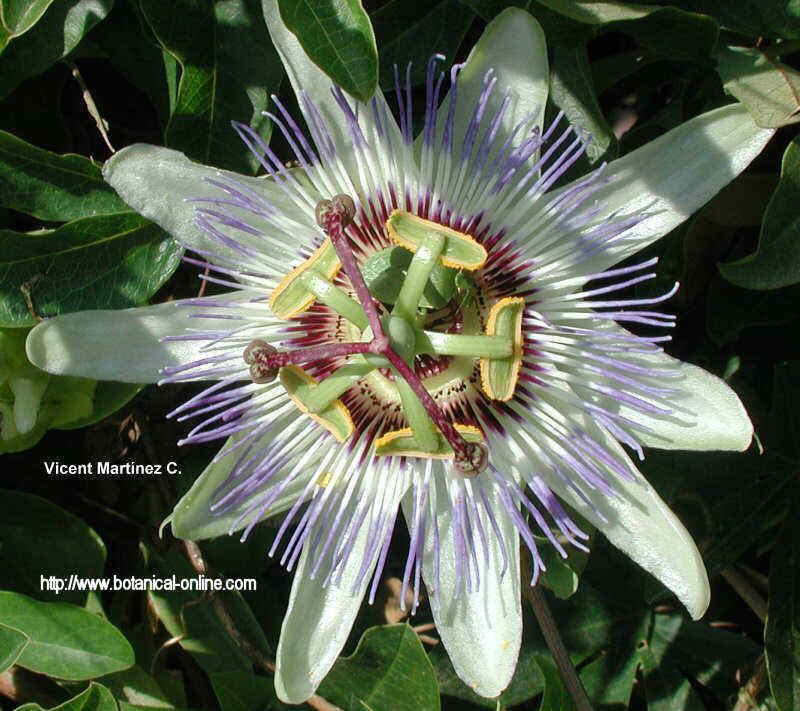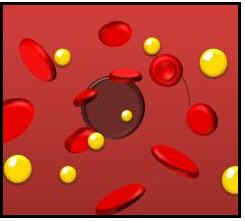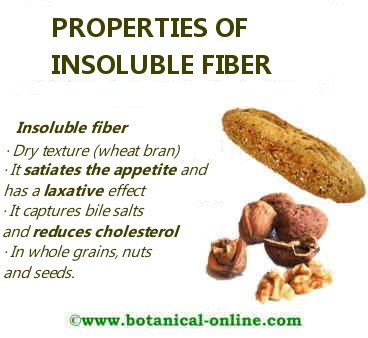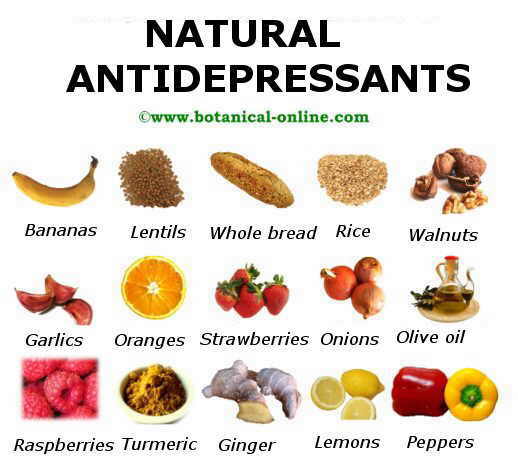Contents
What does rosehip oil contain?

Its seeds contain 8% oil and more than 70% fiber, so its yield is very low, compared to the extraction of oil that is carried out in other seeds or nuts (50% or more of oil).
However, rosehip oil is very interesting for its active components in dermatology, such as linoleic and linolenic acids, retinol and tretinoin.
Rosehip oil is obtained from sweetbriar rose ( Rosa rubiginosa) or other related wild rose species or varieties , such as musk rose (Rosa moschata) or dog rose (Rosa canina)
Rosehip oil fatty acid composition table
All wild rose oils have a similar composition, in which polyunsaturated fatty acids predominate (70-80%):
| Composition or rosehip oil in % | |
|---|---|
| Saturated fatty acids of whom: | 6 |
| Stearic acid | 1,71 |
| Palmitic acid | 3,07 |
| Eicosanoic acid (Arachidic acid) | 0,72 |
| Monounsaturaturated fatty acids of whom: | 16,62 |
| Oleic acid omega 9 | 14,12 |
| Octadecanoic acid | 0,74 |
| Eicosanoic | 0,32 |
| Polyunsaturated fatty acids Of whom: | 77,38 |
| Linoleic acid (omega 6) | 44,13 |
| Linolenic acid (omega 3) | 32,21 |
| * Source: Camilo C.S. Proximal analysis of the uncommon rosehip seeds (Rosa aff. Rubiginosa) and characterization. [Doctoral thesis]: University of Chile. 2008 | |
Non-fatty components of rosehip oil
In addition to its fat content, rosehip oil may contain:
- Retinol (provitamin A). The oils obtained by cold pressure contain 700% more tretinoin or trans-retinoic acid (active regenerating ingredient of the skin) than those extracted with solvents and other methods.
- Glycosides
![]() More information on rose oil
More information on rose oil

